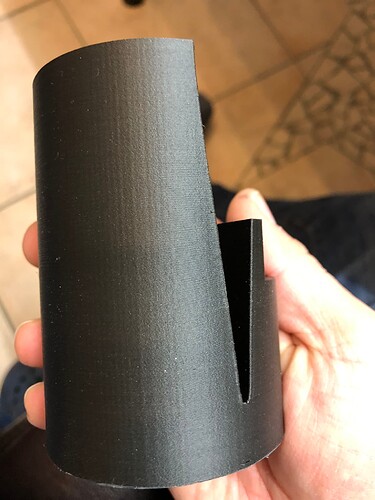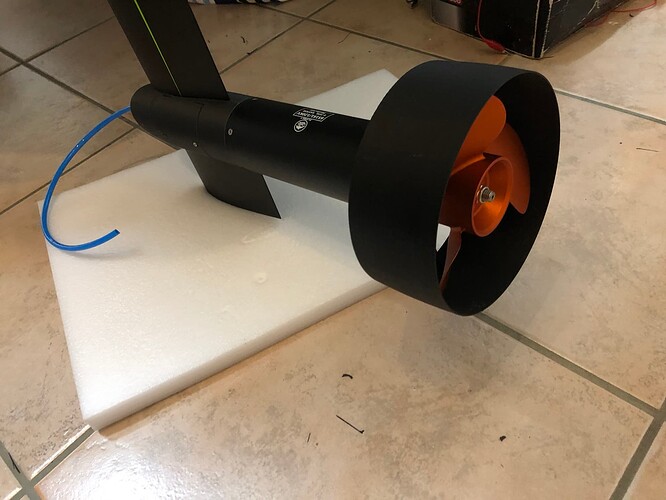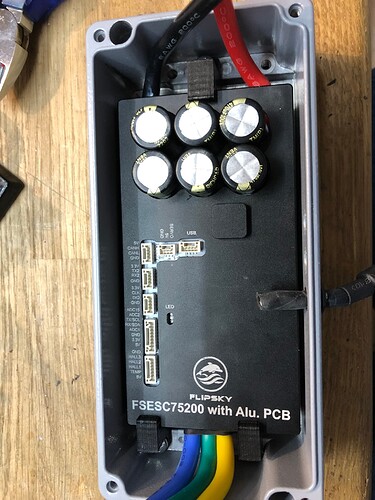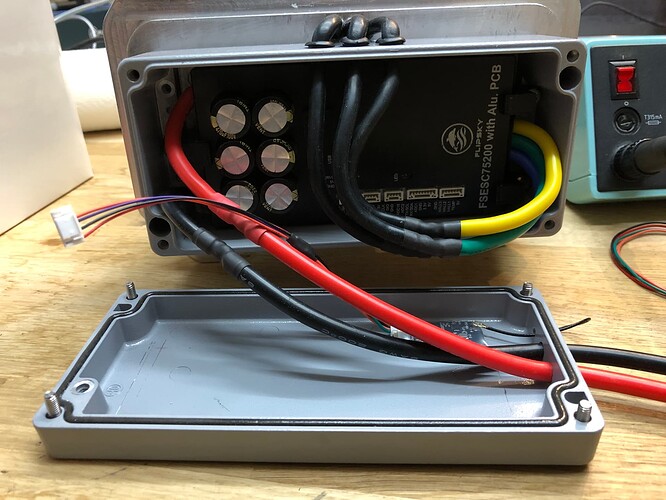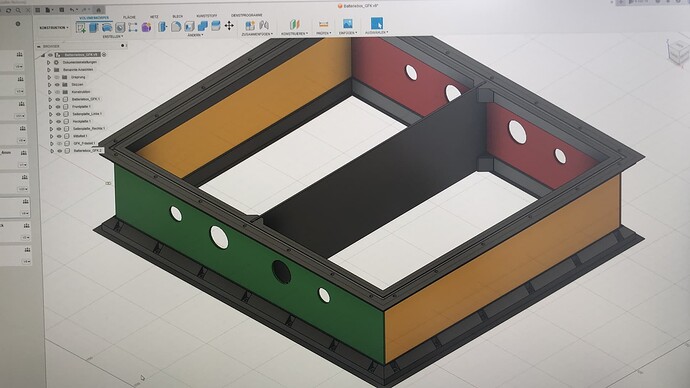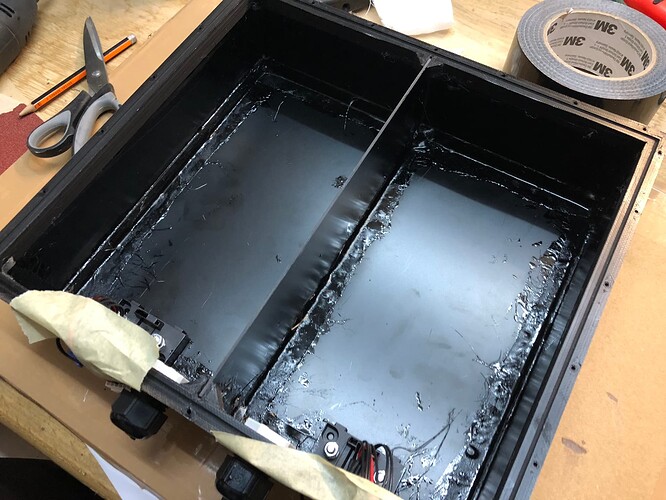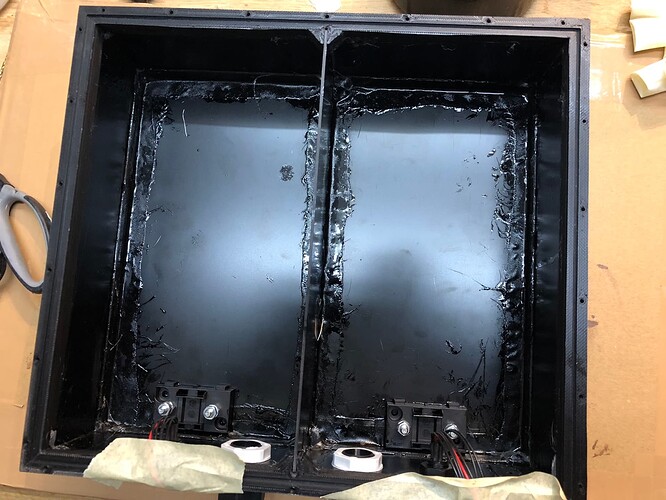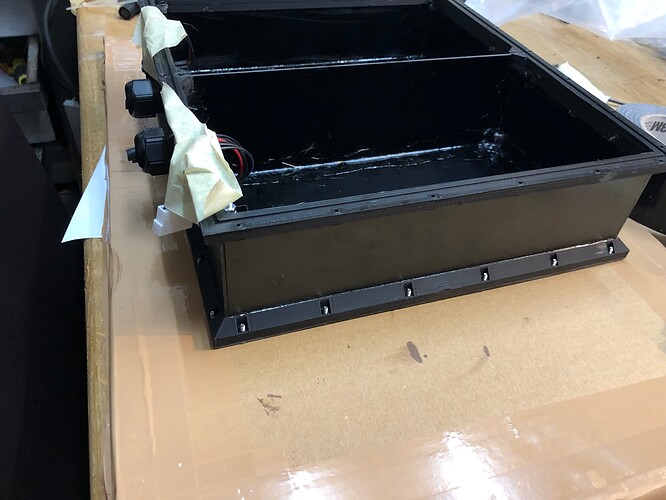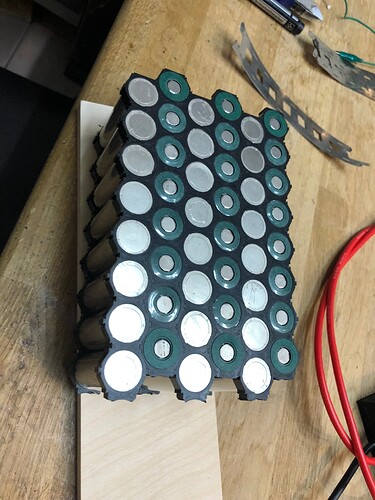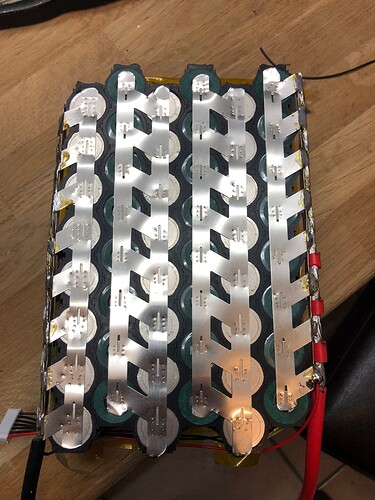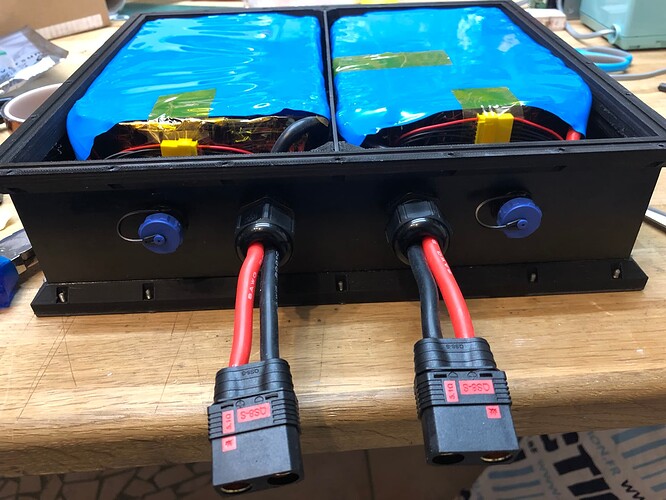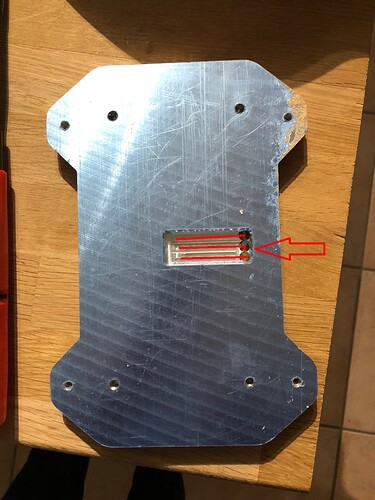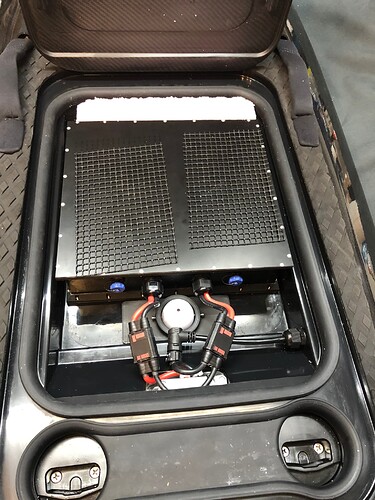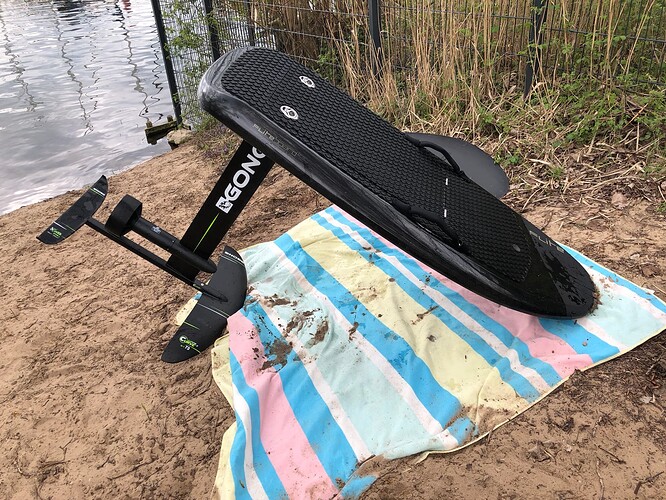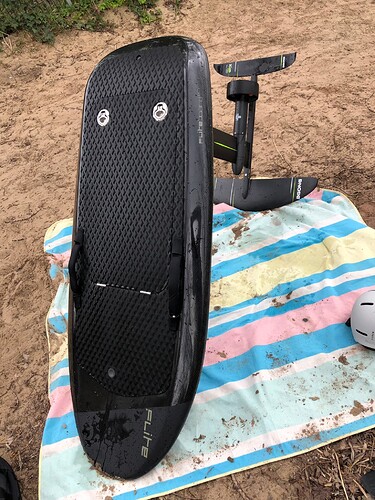Great build! I have a couple of DIY boards and also a Flite Pro v1 (full kit). New kid arrived so no time to make combinations like you… Hope you will share CAD here.
Can only say that the board is great and easily worth 1500€ even for hardcore DIY:ers.
If you plan on integrating the Flite remote reciever and need a remote, then I have an extra v1 that I can let go for 100€ as long as you share how you integrated  ’
’
Congrats on the new arrival. It’s amazing how a new kid steals your time! Mines just over 1 now and all projects feel like they are at a standstill…
I finished my build and the first testrides. Here are some pictures from the build.
Print the mastclamp with carbon-PLA
Build the battery case. I print the upper and lower frame with the 3d printer (black parts). The sideparts and bottom and top plate are 1.5mm glassfibre.
Laminate the edge with glassfibre and epoxy to make it more stable. For savety i insert a 200A fuse. There will be no BMS inside. I load the battery with a Junsi 4010 Charger. I use a 7Pin connector for the balancer plug.
I use 2 packs with 6S 8P 21700 Samsung 30T because it is easy to load with modelsport charger. It is important that the battery isn’t higher than 80mm.
Great build. How do your cables go from the GONG mast plate to the top of your custom Flite plate ?
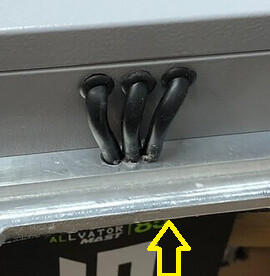
For x-ref purpose, there is also this other Flite board project from @t-dub-maui :
'My simple bolt-on build on Maui (VESC, 6384, 10s2p) - #33 by t-dub-maui
Nice build, I like the way you put the ESC on the mast. I know that there is a seal between the flight adapter and the board, nevertheless, I suggest you improve the seals entering the metal box. If you use your efoil in salt water, a single drop of water can kill your ESC. I’ve lost several ESCs due to water ingress.
The cable come from middle of the mast and go through the channel to the side. The picture shows the bottom side where the mast plate screwed. The channel and the holes are filled with silicone that no water can come in.
This is a picture without the cooling channels. i milled it later.
All the cables from the esc box are glued with silicon. Normally i drive in with the board in freshwater. Maybe a few times in the Baltic Sea. If water comes inside the boards, the water sensor make noise.
The battery fits perfect inside the box. I put a thin anti slip mat on the battery to prevent slipping.
In the front there is a block of EPS. The white part near the battery connector is a watersensor which is fixed in a 3D printed plate. The plate prevents the battery from slipping backwards. I use QS8 Connectors for the battery.
For the first test i taped the antenna on the top of the esc box. But when starting, the back of the board was under water and the connection to the receiver was very bad. If the board was out of the water for a moment, you could start. During the ride it was no longer a problem. I have now extended the antenna and placed it in the EPS part in front of the battery. Since then there have been no more problems.
Pictures of the completed Board. I use a gong Curve MT Wing at a 85cm Mast. The watercooling works great. The VESC doesn’t get warm.
The board feels great at Riding and make much fun.
For people who can’t build a board or don’t have enough time for it, the Fliteboard is the perfect starting point. The board is of good quality and can be bought directly from Flite from around 2000 euros (glass fiber version). Due to the structure with the electronics directly on the mast, the board can also be changed without any problems. For example, you can buy a normal Fliteboard for beginners and when you have learned it you can easily switch to the Pro or Ultra board. Or buy the Air for traveling. No changes are made to the board during the conversion, so it is still 100% compatible with the Flite components.
For me it was the best decision to build the board like this. It is of very high quality and the battery box is 100% waterproof.
You can adapt the board to your own needs (wings, motor, ESC) and end up with a top board.
Very nice build!
I imagine there is a gasket between the aluminum plate and the board.
For the gasket, did you end up making one? Or did the board come with one?
The gasket come with the board. It is 100% waterproof. No Water insight the board. I’m very happy with this system.
Whats the internal size under the hatch (battery room)
The internal size is 305x390x80mm
Amazing looking duct, mind sharing the files?
Regarding the topic of mounting a non-Fliteboard mast to a Fliteboard:
I’m in contact with a guy in Portland that might be able to make a custom one-piece adapter to mount an Axis mast to a Fliteboard. The part would have a collar for the Axis mast and will eliminate the need to use an Axis baseplate.
This will hopefully save a lot of weight.
It looks like the cost is going to be around $200 and he might be able to do versions for other mast brands.
Let me know if anyone else is interested in such an adapter piece. There might be some economies of scale advantages for making multiple pieces.
How far from the back of the board is your mast on this setup?
It is the duct from robert.
I got many questions about the files.
That’s the reason that i make a oneDrive-Folder with all the files you need. There are the dxf-files and a stl for the aluplate, stl-files for the accu-box and a parts list.
I put the construction-data from Fusion 360 inside that everybody can make his own adjustments.
I hope that i will help to build your own DIY Fliteboard.
If you have any questions, please write it inside the thread, because it will help to get a good documentation for new builder.
Here is the OneDrive-Link:
Fliteboard
